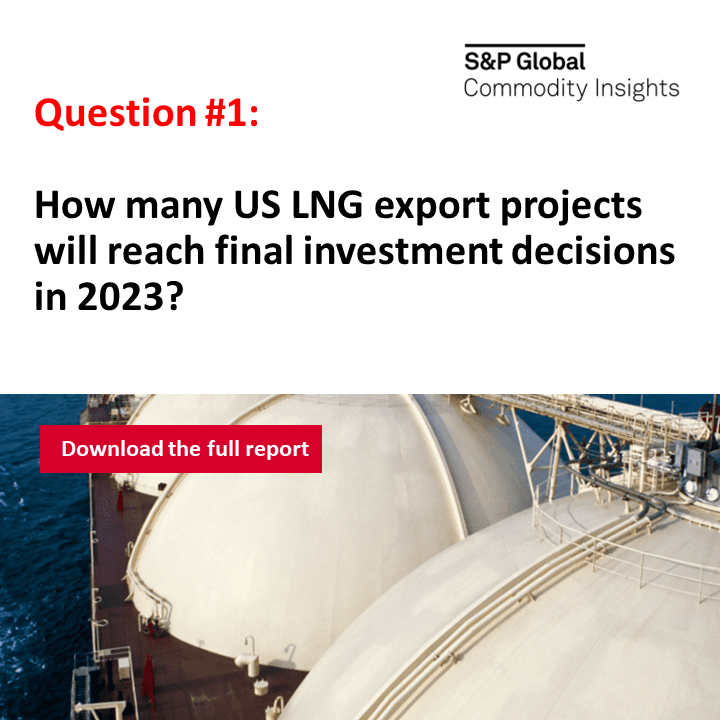Europe's thirst for LNG continues; imports from Russia remain high [GGP]
As summer injection season arrives, Europe is in a safe position with healthy storage levels approaching the top of the five-year average range.
Prices are holding steady at the low level of $12.92 per million British thermal units (MMBtu) on the Netherlands-based Title Transfer Facility (TTF) on 25 April, a weekly decrease of 6%.
|
Advertisement: The National Gas Company of Trinidad and Tobago Limited (NGC) NGC’s HSSE strategy is reflective and supportive of the organisational vision to become a leader in the global energy business. |
The continent is continuing to inject gas into storage, with inventory levels way above the 2021 and 2022 levels for this time of the year.
Storage facilities are currently 57.9% full at roughly 65.92 billion cubic meters (Bcm).
The rate of withdrawal is currently around 30 million cubic meters per day (MMcmd), while the rate of injection is 337 MMcmd as of 23 April.
At a country level, UK storage is 59% full, France is at 33%, and Germany at 65.4%.
Last week (week 16), gross liquefied natural gas (LNG) imports into Europe reached 3.35 million tonnes (Mt), with major buyers including Spain, France and the UK.
Bulgaria imported its first LNG shipment via Turkey (Bulgaria already imports LNG cargoes via Greece), and the LNG Tanker Malanje is set to arrive in Germany`s Wilhelmshaven on 28 April.
Last week, it was observed that the French LNG import terminals have fully recovered from the impact of the French strike on LNG deliveries, with France importing a total of 0.67 Mt LNG.
The US remains Europe’s major LNG exporter, while Russia, the third biggest supplier, continues to deliver robust volumes.
It has been reported that some buyers, such as Germany’s new FSRUs, will avoid Russian LNG deliveries going forward, as the country will reduce dependence on Russia.
February 2023 was a record month for Russian LNG volumes delivered into Europe – 1.61 Mt LNG, equivalent to a 17% share of the total volume of LNG.
Currently, Russian LNG exports to Europe are not prohibited under EU sanctions, but individual buyers may avoid purchases at their own initiatives.
The current weather forecast still predicts below-average temperatures for this week, providing an upside risk to prices.
However, temperatures are forecasted to increase closer to the 22-year average or above this weekend.
Next week the current weather forecast predicts below normal temperatures.
On the supply side, Norwegian flows have held steady.
Exit nominations from the Norwegian Continental Shelf (NCS) totaled 386.39 MMcmd on 25 April, despite multiple ongoing outages at Troll, Kollsnes, Karsto, and Ormen Lange.
Russian flows into Continental Europe have held steady – at around 77 MMcmd in recent weeks – through Ukrainian transit and the Turk Stream facility.
The Norwegian private industry workers’ strike came to an end on 20 April, and it was expected that oil and gas production in Norway would be unaffected.
The statements, opinions and data contained in the content published in Global Gas Perspectives are solely those of the individual authors and contributors and not of the publisher and the editor(s) of Natural Gas World.





